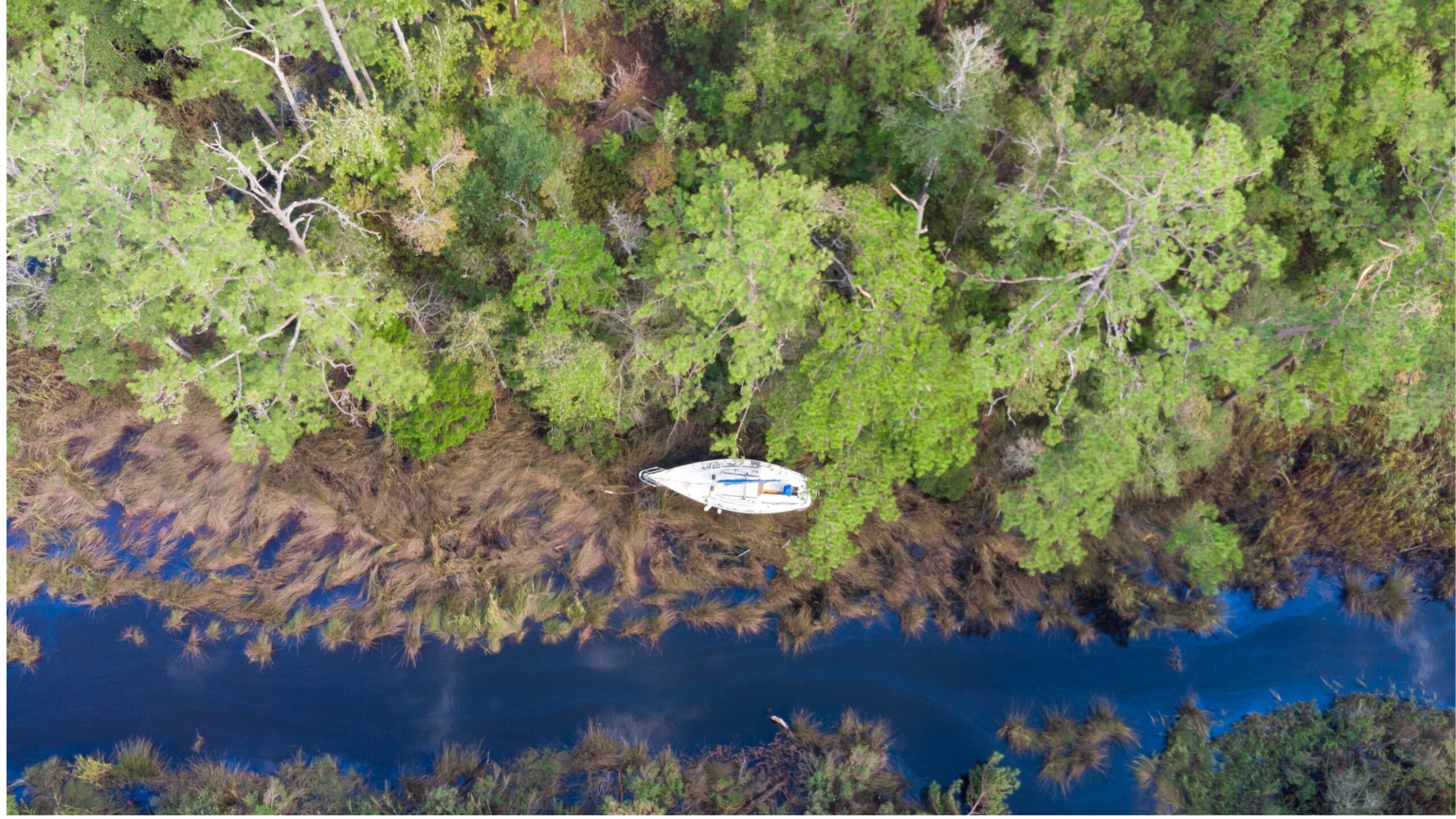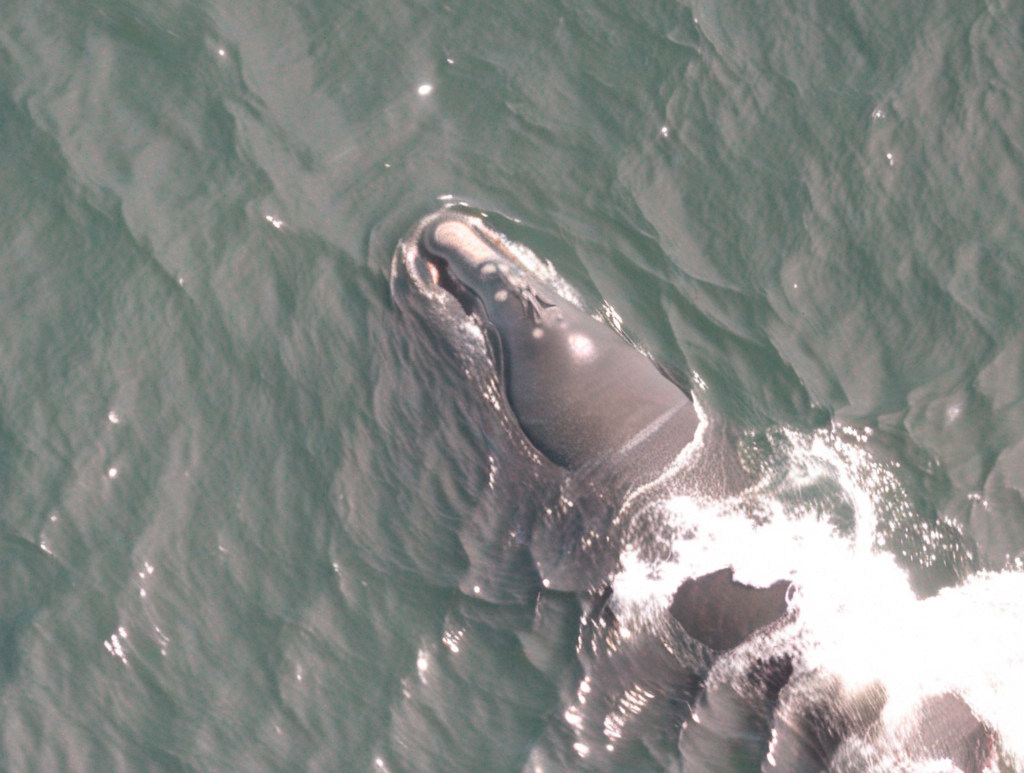Safety Matters: Tropical Systems, King Tides and Warm Waters

UPDATED Aug, 28, 2023 to include Idalia and Franklin.
For Immediate Release:
Contact: Katie Mosher, kmosher@ncsu.edu
Residents and visitors to coastal North Carolina should pay attention to safety notices from the local officials and the National Weather Service all this week as the region is already seeing a combination of factors — from summer heat impacts that have warmed waters to rip currents from Hurricane Franklin offshore and expectations for floodwaters from multiple systems.
Idalia is gathering strength and is expected to be a major hurricane when it makes landfall in Florida; that system will continue up the coastal states. The NC coast also will see king tides leading up to the full moon on Thursday. And heavy rain early this week, not from Idalia, also will be a factor in flooding in many parts of the state.
Erik Heden, warning coordinator for the National Weather Service office in Newport/Morehead City, urges residents continue to check NWS updates throughout the week — and to have multiple ways to receive NWS alerts.
North Carolina Sea Grant partners with officials and researchers to provide safety messages on a variety of topics, such as:
High Temperatures Bring Warm Waters
Warm temperatures have brought high heat indices in recent weeks for air temperatures, as well as warmer waters. Those warmer coastal waters also have been a factor in increased infections from Vibrio this summer, including multiple deaths according to the N.C. Department of Health and Human Services. Thus anyone with open wounds should avoid contact with salty waters. With ANY sign of infection, seek medical attention immediately.
“Vibrio are bacteria that normally live in warm seawater or brackish water (mixed salt and fresh water, as is found in an estuary or salt marsh) and can be found worldwide,” DHHS officials noted in a news release earlier this summer. “Since they are naturally found in warm waters, people with open wounds, cuts or scratches can be exposed to these bacteria through direct contact with seawater or brackish water. Vibrio can also cause disease in those who eat raw or undercooked oysters and shellfish.”
For more information on Vibrio infections and minimizing risks, go to cdc.gov/vibrio and go.ncsu.edu/shellfish-safety-faqs.
Avoid Floodwaters from King Tides
The National Ocean Service notes large high tides will enhance the potential for coastal flooding Tuesday Aug 29 through Saturday, Sept. 2, notes Tim Armstrong, a meteorologist with the National Weather Service in Wilmington.
These “king tides,” the highest tides of the year, can rise above and surpass the tops of shorelines, bulkheads, and seawalls, leading to flooding in low-lying areas such as streets. “Residents and visitors should watch for barricades. Turn around. Don’t drown,” he adds.
Safety messages for the water quality related to “king tides” are included in a new factsheet and webpage from NC Sea Grant that explains potential risks during the king tides.
“While there have been very few published studies that have measured the water quality of tidal floods, it is important to consider the potential impact of water quality on public health in flooded areas. This is because people may walk or bicycle through tidal floodwaters and therefore come into contact with the floodwaters,” lead author Natalie Nelson of NC State University and her team explain.
“If the water has poor quality, it may pose a health risk. Even after tidal floodwaters recede, contaminants can remain in the soil of yards, green areas (e.g., playgrounds), or in surrounding wetlands for months,” they add, citing research from the U.S. Centers for Disease Control.
Their tips include:
- Avoid exposure to floodwater, especially if you have an open wound.
- Do not allow children to play in floodwater. Similarly, do not allow children to play with toys that have been exposed to contaminated floodwaters, but have not been disinfected.
Learn more at ncseagrant.ncsu.edu/tidalfloods.
King Tides Community Science
While avoiding contact with the king tide waters and tropical storm flooding — residents, visitors and local officials may add to a separate research project by submitting photos and collecting GPS data that document king tides.
With funding from NOAA’s Climate Program Office, Wetlands Watch is leading an expansion of Catch the King into North Carolina by collaborating with NC King Tides and NC Sea Grant. These programs use the Coastal Observer app to collect photo observations of flooding, the Sea Level Rise app to document the extent of flooding using GPS pins, and ruler gauges that measure water levels.
For more information, contact Gabi Kinney at gabi.kinney@wetlandswatch.org.
Rip Currents from Offshore Storms
Franklin is a good reminder that distant hurricanes also can have an impact on our area, notes Heden of NWS. “We lost 4 lives in the Carolinas from distant Hurricane Lorenzo in 2019 that tracked 2,000 miles to the east of our coast. This was more loss of life than with Hurricane Dorian, earlier that same year.”
Before going into the ocean, check local beach communities for “No Swimming” red flags. Also check for timing of lifeguards as some communities have started adjusting hours of coverage.
The NWS daily rip current outlooks will note beaches with high risks for rip currents. Check: weather.gov/beach and click on the beach you will visit.

Learn more about rip currents science and safety at ncseagrant.ncsu.edu/ripcurrents and ripcurrents.noaa.gov.
##


